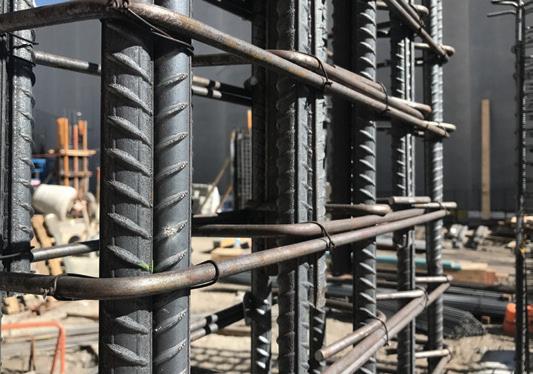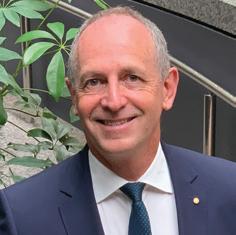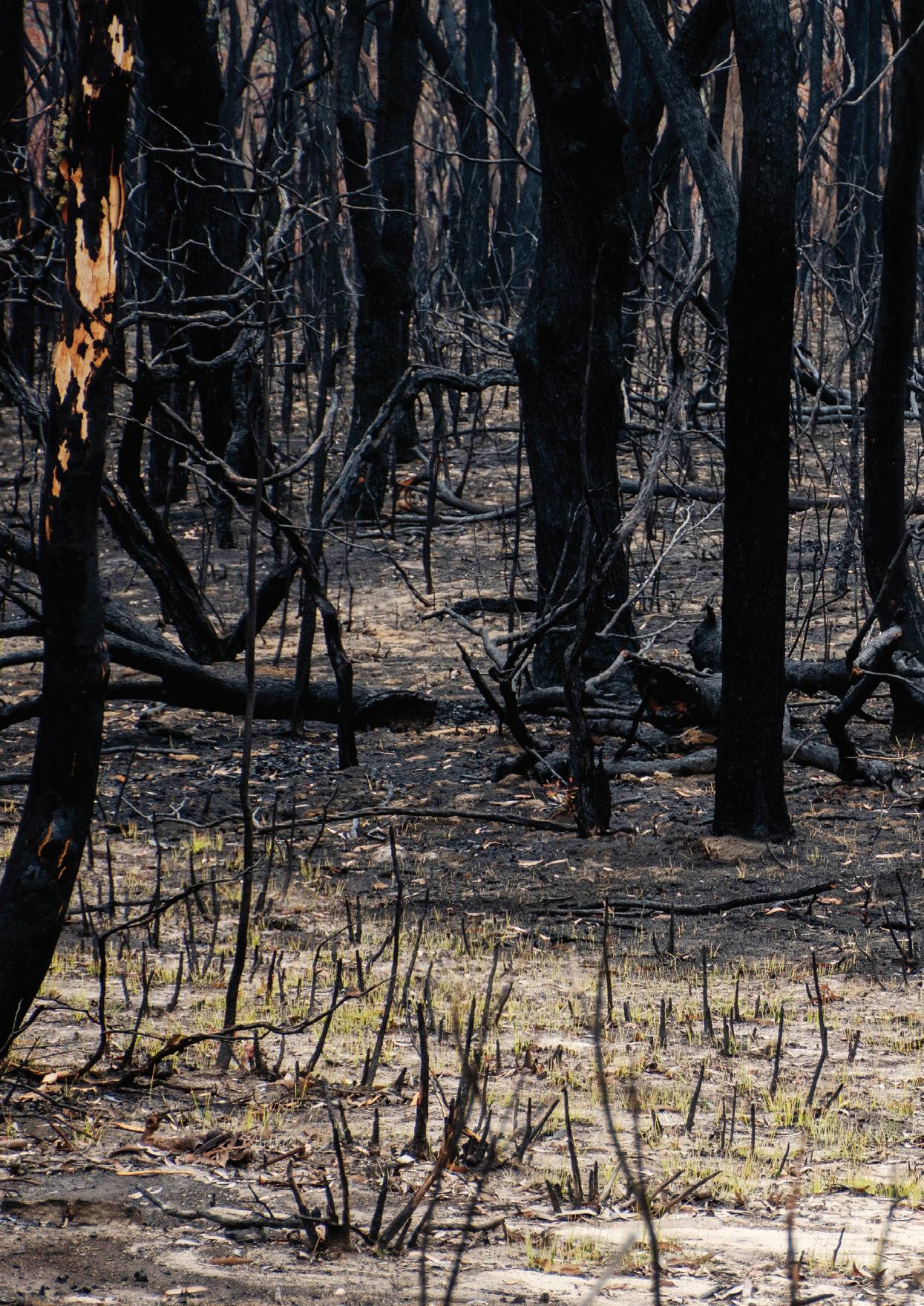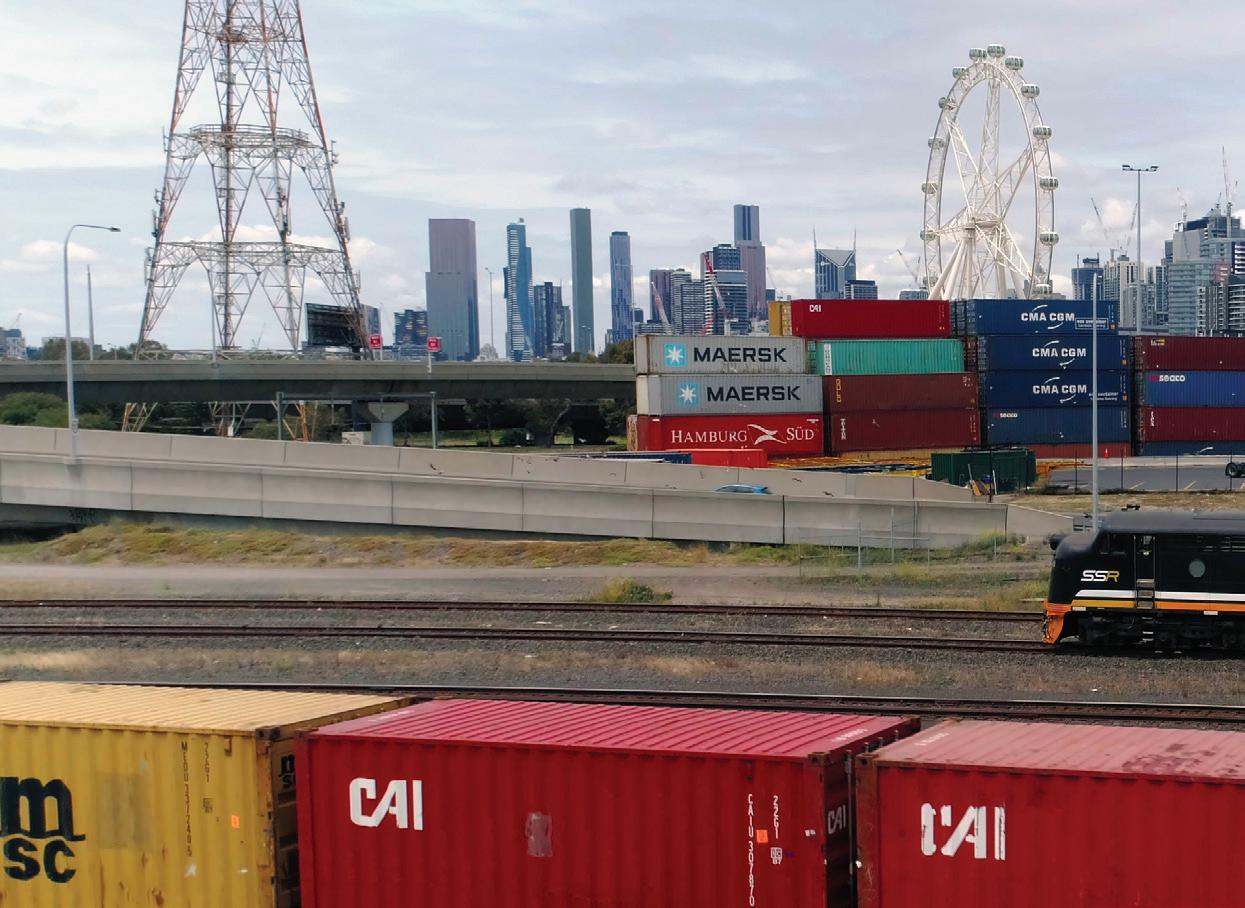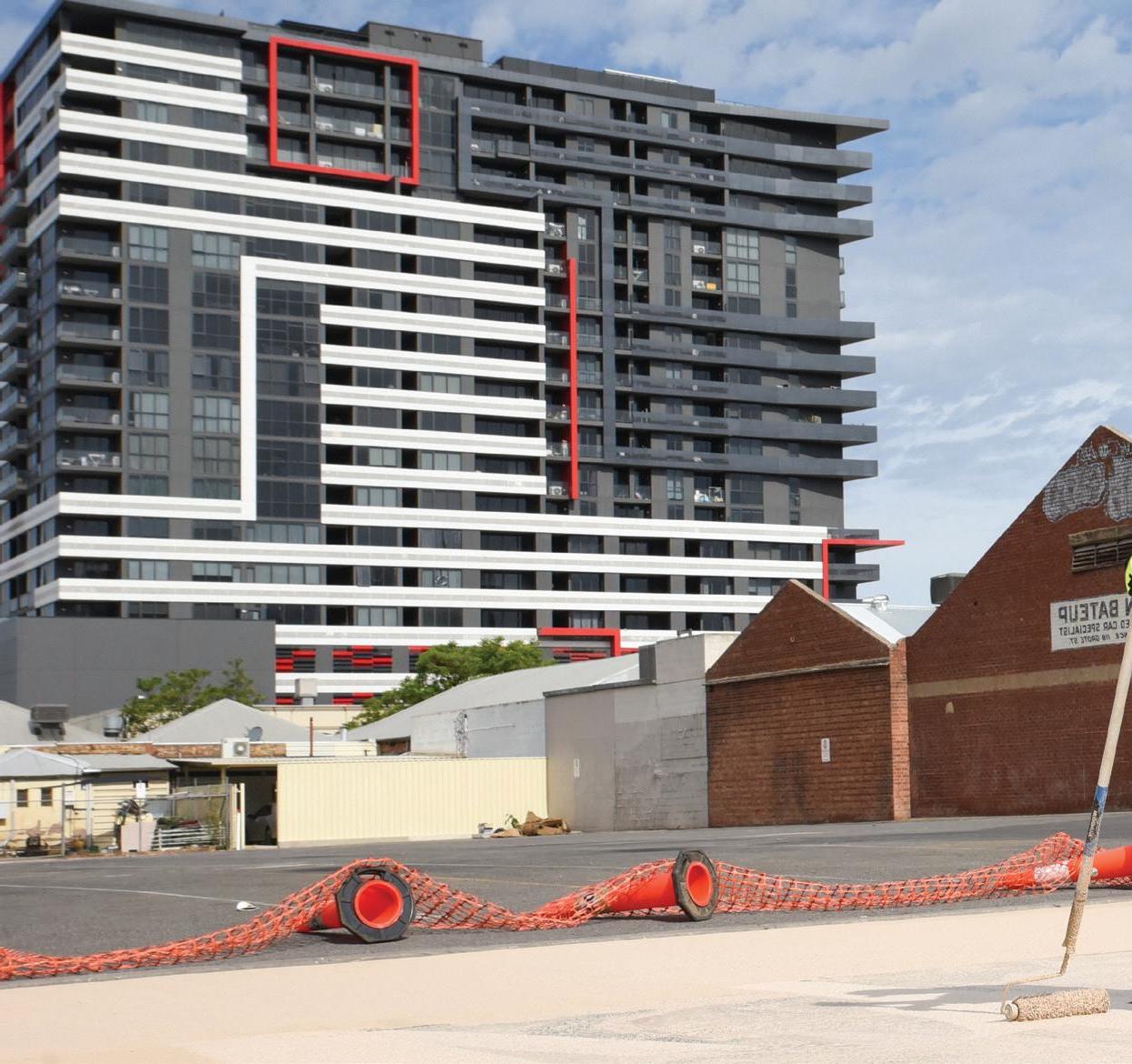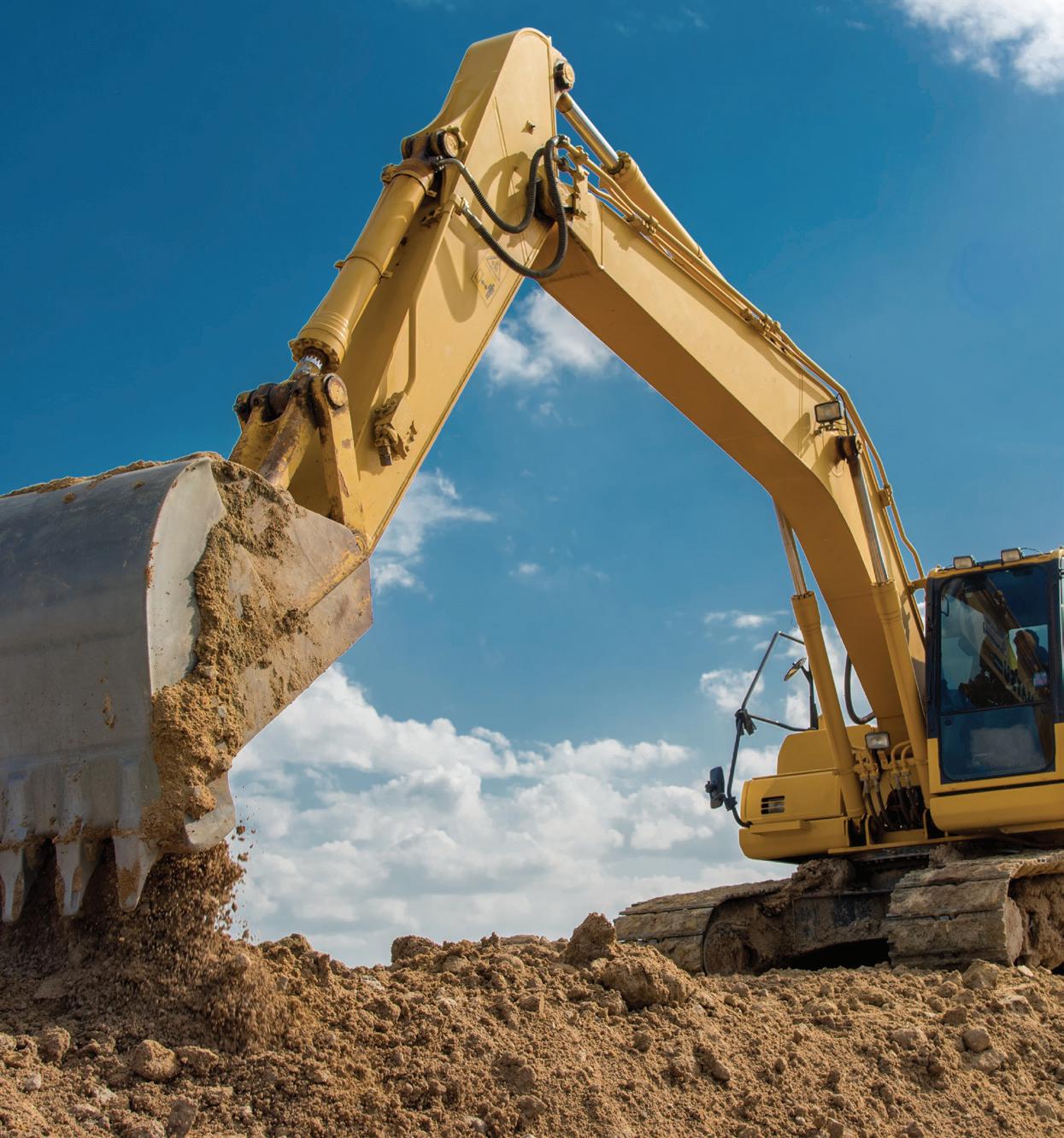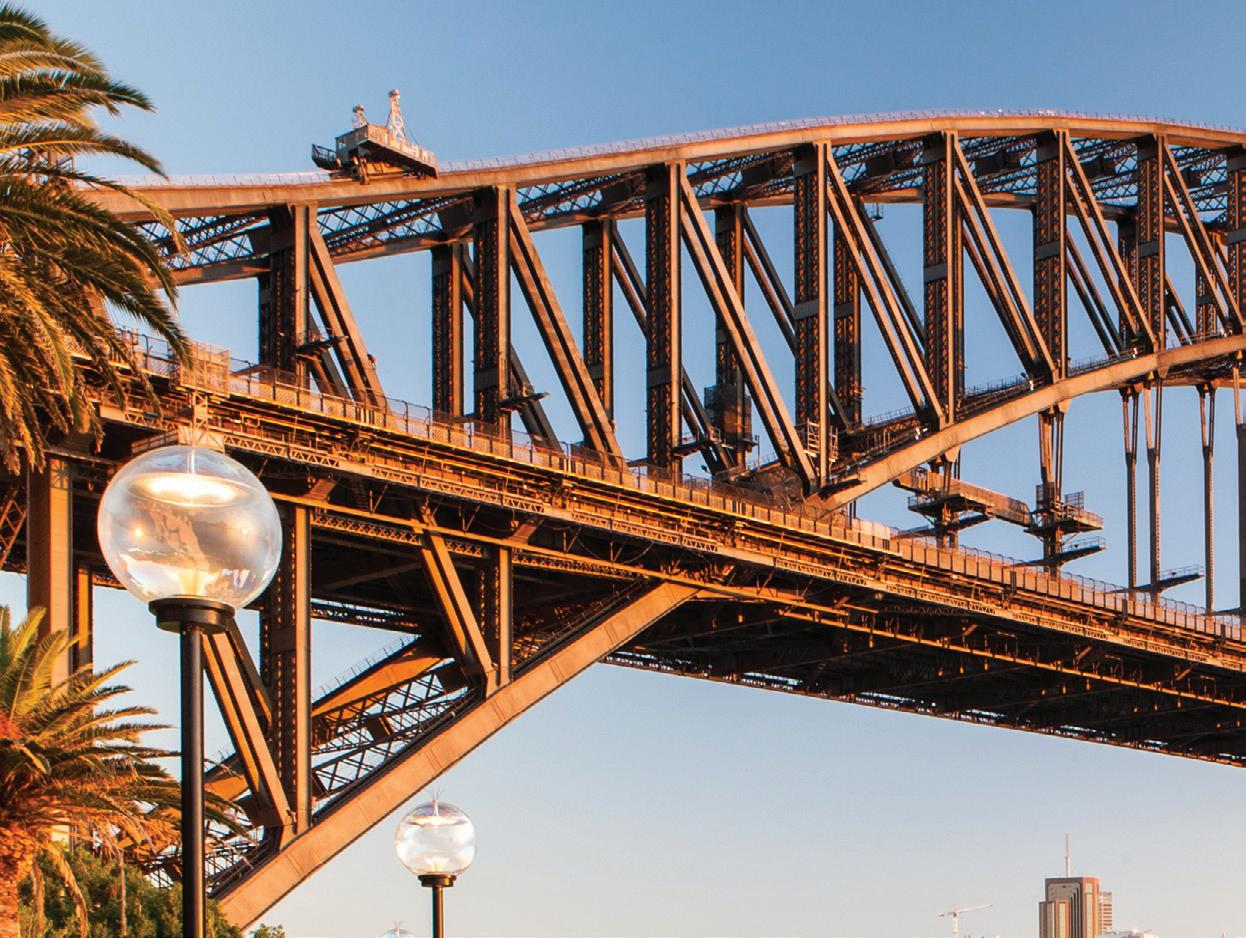ROAD AND TRAFFIC
WHY CHANGING HOW WE PAY FOR TRANSPORT
IS A GOOD MOVE by Michel Masson, Chief Executive Officer, Infrastructure Victoria
In both phases of COVID-19 lockdown in Melbourne, roads have been eerily quiet as numerous businesses, venues and attractions have been forced to close. But as we saw when restrictions initially eased throughout June, peak hour traffic jams re-emerged as more people opted for private transport to maintain social distancing.
I
nfrastructure Victoria recently released new research that looked at ways to ease the transport squeeze in the state. This work is even more relevant for supporting Melbourne’s crowded peak hour transport network with the short-term and long-term challenges resulting from COVID-19. Our findings showed that by changing the way we pay for transport, we could reduce the amount of time people spend in congested peak traffic by eight per cent and increase traffic speeds by up to 25 per cent within inner Melbourne. In this example, up to 85 per cent of people could be better off, paying less than they do today for transport. The report, Good Move: Fixing Transport Congestion, recommends changing how Victorians pay for roads, public transport and parking. While building new roads and rail can deliver needed transport services, analysis, evidence and experience demonstrates that they only relieve congestion temporarily. Network-wide pricing reform has the potential to dramatically improve how we move around our cities, provide greater choice and make the best use of our existing infrastructure. It also offers the best prospects for managing the transport transition to a post-COVID-19 world. WHY NOW? While Melbourne is again in Stage 3 lockdown restrictions, at some point those will ease, and life and work will eventually settle into a new kind of normal. Governments and businesses
40
September 2020 // Issue 16
will again face the challenge of moving the workforce and tourists around our city safely. A return to commuters packed like sardines in peak hour is simply not an option given the requirement for social distancing. The need for change has come at a time when Melbourne’s transport system was already under pressure. Our modelling showed that if we don’t change, things will continue to get worse. By 2030, an additional 3.5 million trips would be made every day across Melbourne’s road and public transport networks alone, leading to the cost of congestion rising to $10.2 billion per year.
If social distancing requirements and heightened community concerns regarding mass transport continue, this is likely to mean more people will choose to travel by private vehicle. For many office workers across Melbourne, if the price they pay to travel is reduced during off-peak times then this will make it more attractive to travel off-peak. This will make it easier for workers to make better use of our transport system while maintaining social distancing.
WHAT ARE THE CHANGES? Under the illustrative pricing scheme we modelled, annual charges like car registration would be scrapped and replaced with a per kilometre charge of 15.5 cents. Travel in Melbourne’s CBD area (inside a cordon – see Figure 1) during peak hours would be charged at an additional $1 per kilometre. Parking at train stations and park-and-ride facilities were also priced. Our modelling looked specifically at Melbourne, as that is where congestion is the biggest issue,
Figure 1. Inner Melbourne cordon as modelled.
www.infrastructuremagazine.com.au







